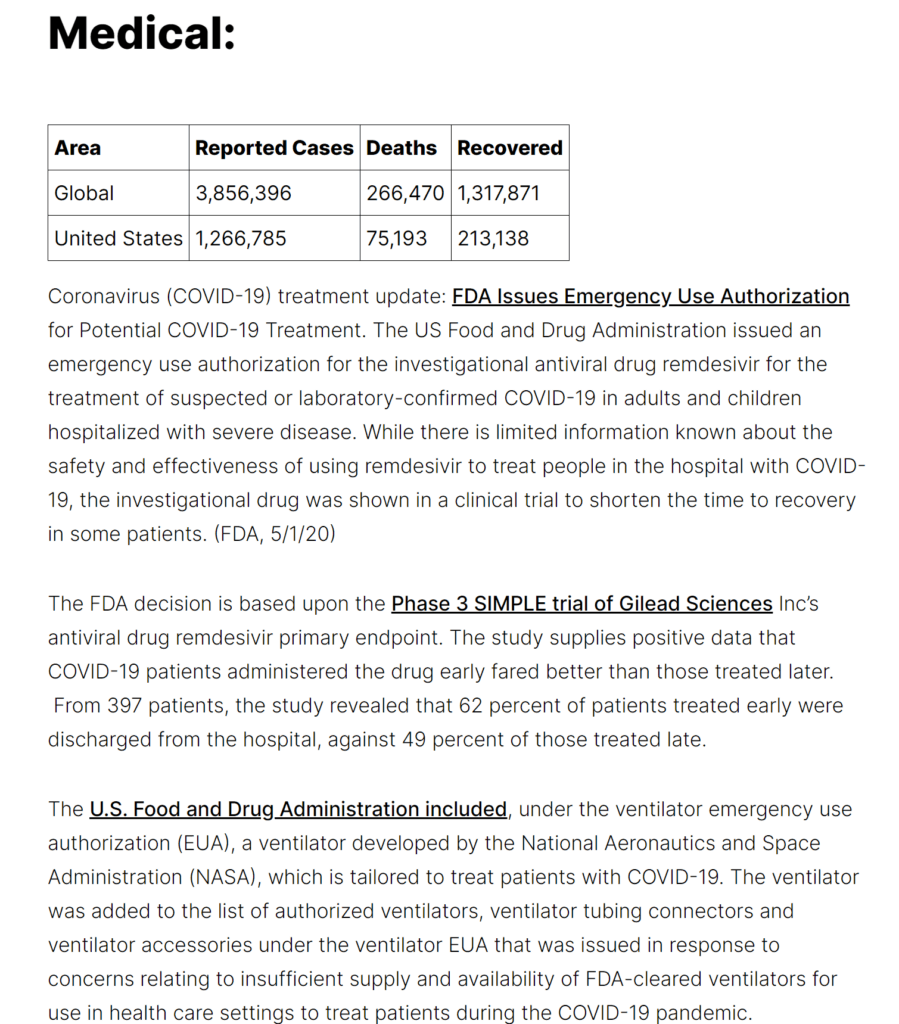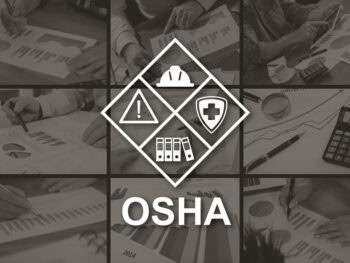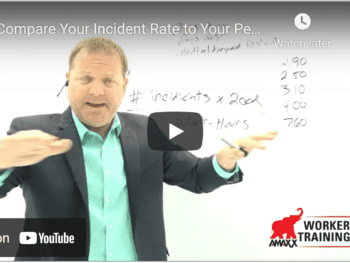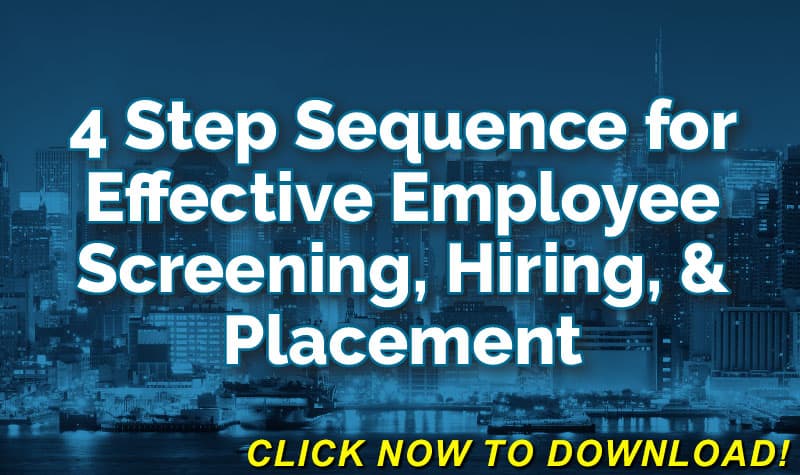
As companies have prepared to restart and ramp up operations in the past few weeks, they’ve worked hard to develop and implement strategies and systems of mitigation measures to protect their employees and customers from COVID-19 infection, and to prevent disruptive and costly disease outbreaks.
This post originally appeared at https://www.worksteps.com/news-and-insights/5-8-20-covid-19-brief-is-your-covid-19-messaging-getting-through-to-your-employees
And yet…
Well, here’s an example: Earlier this week I was performing contact-tracing on an employee who was flagged by a pre-shift temperature screening. Not only did the employee decide to go to work that day despite having symptoms, he admitted to not feeling well two days prior (before his temperature spiked/while he was likely contagious). And, in responding to questions about close contact with others, he admitted that he and his colleagues were not practicing social distancing while on breaks, and nor had he distanced himself from friends and family when away from work.
Click Link to Access Free PDF Download
“4-Step Sequence For Effective Employee Screening, Hiring, & Placement”
Ugh!
And this is not an isolated example. My colleagues and I have conversations like this every day – conversations that at once make it clear that: A) companies have the right policies in place; but B) employees are not adhering to those polices and guidance at work or at home.
Why the gap between policy and practice? Based on what we’re hearing, it has a lot to do with a breakdown in communication – a breakdown that has to do with language, clarity, consistency and trust. Let’s take these issues one-by-one.
- Language: The language issue isn’t necessarily easy to address, but it is the most straightforward of the communication problems to solve. Employers should understand the primary languages spoken by their employees and make sure that the information employees receive is communicated in those languages.
- Clarity: In a recent blog, our communications partner Chuck Reynolds recommended a set of five questions that should be asked and answered in the process of developing COVID-19 employee communications. Notably, Chuck makes the case that health and safety professionals who are most familiar with the pandemic and mitigation measures should take the lead in the Q&A. For a copy of Chuck’s Five Questions, email us here.
- Consistency: Is the formal messaging employees are seeing in memos and on flyers and hearing in safety meetings being reinforced or undermined by the informal messaging they receive from supervisors and other influential colleagues? Does the message to “stay home if you feel symptoms” conflict with sick pay or incentive pay policies that jeopardize the employee’s financial security if they don’t show up to work? In this crisis, there needs to be alignment to the extent possible between formal and informal communications and related policies.
- Trust: The trust factor is particularly relevant in COVID-19 communications for three reasons. First, information about COVID-19 is both complex and fluid, meaning policies and recommended practices are bound to change over time. Second, COVID-19 is about health, which is personal. Third, the objective of COVID-19 communications is to change behavior. Nobody likes being told what to do…especially when it comes to their own health.
For all these reasons, communications need to come from people and parts of the organization that employees trust when it comes to their health and safety. This is why in his blog, Chuck advocates that operational leaders with strong safety reputations and trusted corporate health and safety leaders play key roles in delivering of COVID-19 communications.
“Protesters Say Wearing Safety Glasses is a Sign of Weakness”
Imagine seeing that headline in your morning news feed. I pose the ridiculous to emphasize the reality: There are voices in the public square focused on downplaying the danger of COVID-19 and discouraging people from doing many of the things your policies prescribe – from social-distancing to handwashing and mask-wearing. So even if you succeed in gaining policy compliance within the walls of your facilities, employees are being exposed to mixed messages and cultural pressures outside of work that may increase their risk, threaten the health of others and disrupt your business.
Make no mistake about it, the COVID-19 communications challenge is unlike anything we’ve seen – at least in my lifetime. It is critical, therefore, to give as much attention to the clear, consistent and effective communication of COVID-19 policies as you give to the policies themselves.
To help, we are working on creating some essential COVID-19 communication tools that we will soon make available. Let us know if you think you’ll be interested, and we’ll forward information when available.
Be well and stay safe.
Ben Hoffman, MD, MPH
Chief Medical Officer, WorkSTEPS
* Speaking of fluid policies and practices, reflecting new RTW guidance from the CDC, we have updated our Return-to-Work flow charts. What has changed: Prior guidance indicated that employees could return to work 7 days after having first noticed symptoms or testing positive for COVID-19. The new guidance recommends waiting 10 days.


















